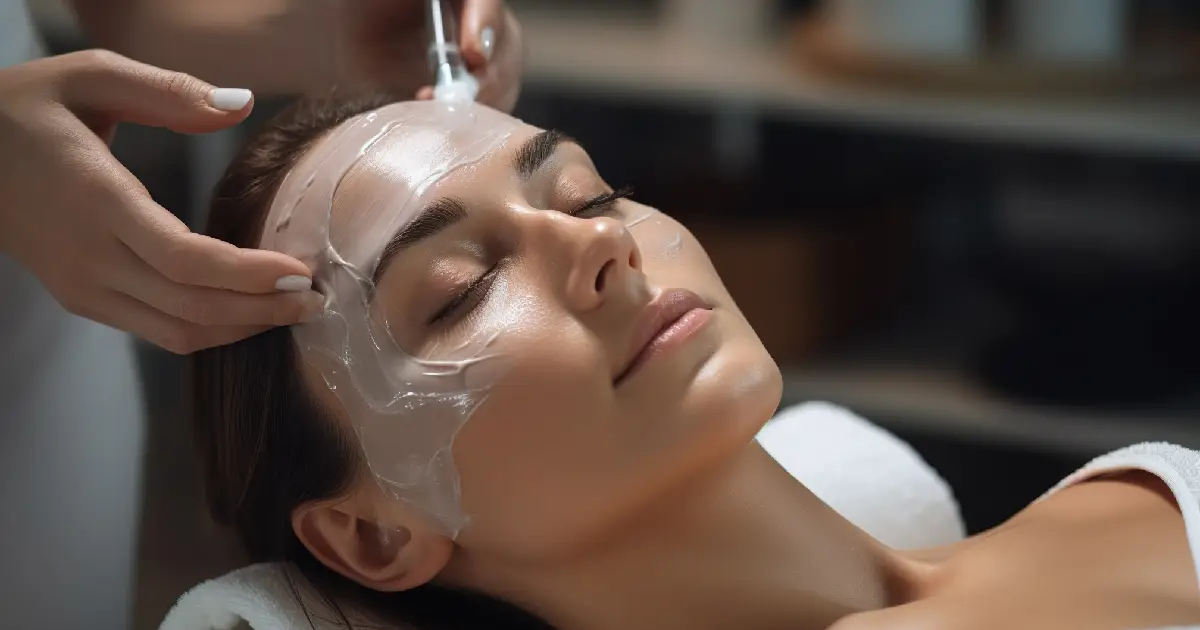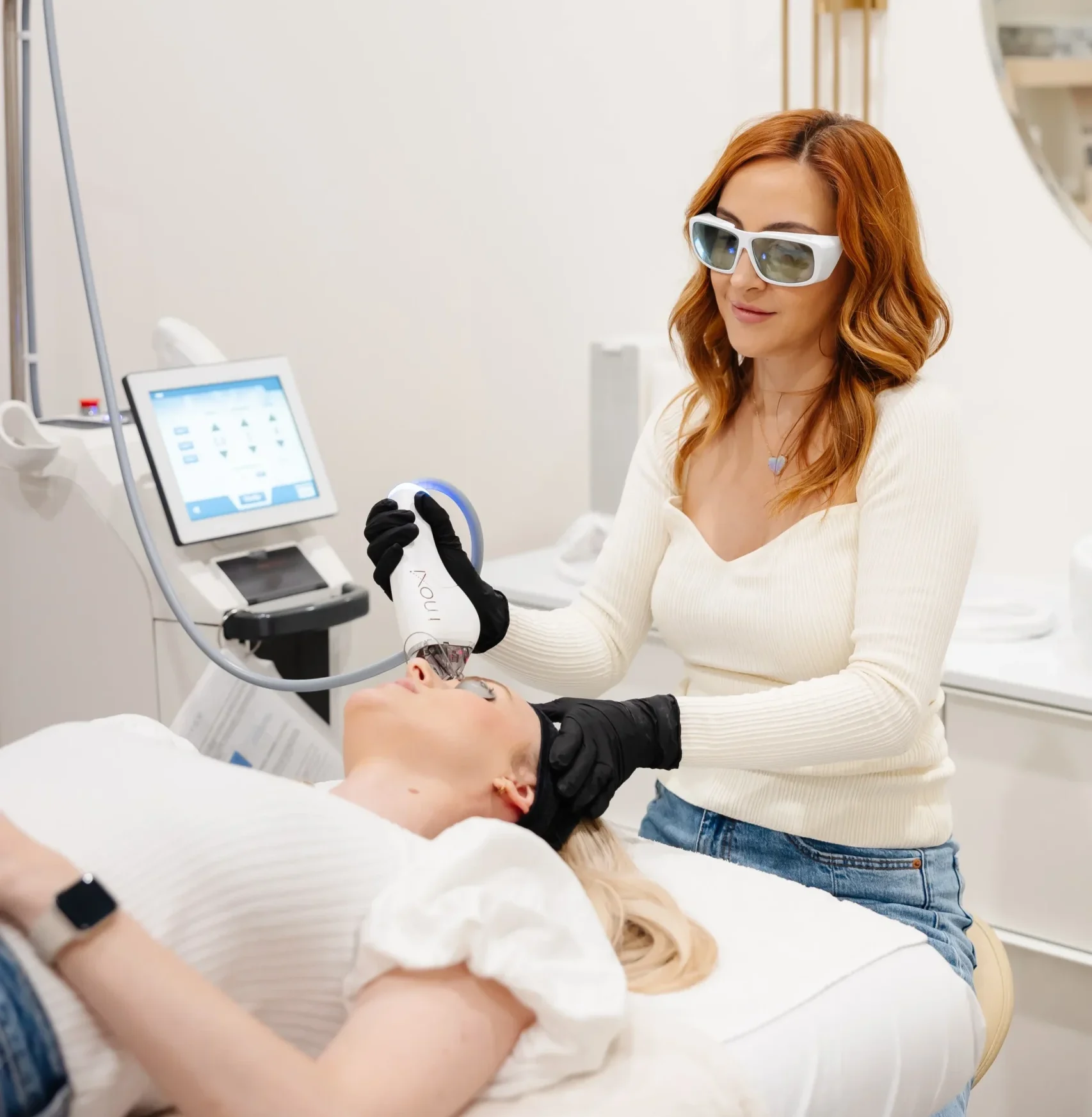Dermal fillers have emerged as a popular choice in the field of aesthetic medicine, offering facial rejuvenation. However, given the numerous cosmetic options available, it’s essential to determine if dermal fillers align with your needs. Let’s explore this further.
Understanding Dermal Fillers
Dermal fillers are gel-like compounds that are injected beneath the skin to enhance face contours, fill in wrinkles, and replace lost volume. Most commonly, they are comprised of hyaluronic acid, a naturally occurring substance in our skin, but other compositions, like calcium hydroxylapatite and poly-L-lactic acid, also exist.
Types of Dermal Fillers:
- Hyaluronic Acid (HA) Fillers: These are the most common type of dermal fillers. The body produces HA naturally, and these fillers are transient and reversible. This group includes companies with names like Juvederm and Restylane. Brands like Juvederm and Restylane fall under this category.
- Calcium Hydroxylapatite Fillers: These fillers, such as Radiesse, contain calcium microspheres in a gel, providing both immediate volume and stimulating collagen production for longer-lasting results.
- Poly-L-Lactic Acid (PLLA) Fillers: PLLA stimulates collagen production and is used to address volume loss over time. Sculptra is an example of a PLLA filler.
- Polymethyl Methacrylate (PMMA) Fillers: These are permanent fillers and are often used for deeper wrinkles and volume loss. Bellafill is an example of a PMMA filler.
Common Filler Uses:
- Wrinkle Reduction: Dermal fillers can be used to soften and diminish the formation of lines and wrinkles, including smile lines (nasolabial folds) and marionette lines.
- Lip Enhancement: They can give the lips greater volume and definition, giving them a fuller, younger appearance.
- Cheek Augmentation: Fillers can be used to enhance the cheeks and restore lost volume.
- Under-Eye Hollows: Dermal fillers can help reduce the appearance of under-eye bags and dark circles.
- Jawline and Chin Contouring: The chin and jawline can be defined and contoured using them.
Benefits of Dermal Fillers
Dermal fillers offer various benefits as a non-surgical cosmetic treatment for enhancing one’s appearance. Some of the critical advantages of dermal fillers include:
- Immediate Results: Dermal fillers provide instant results. You can see a noticeable improvement in your appearance right after the treatment, making it a convenient option for those seeking quick enhancements.
- Non-Surgical: Dermal filler injections are non-surgical procedures, which means they involve minimal downtime and less risk compared to surgical alternatives like facelifts or implants.
- Customizable: Dermal fillers are versatile and can be tailored to treat a variety of cosmetic issues. They can be applied to increase volume, define facial features, and lessen the visibility of wrinkles and creases.
- Natural-Looking Results: When administered by a skilled and experienced healthcare provider, dermal fillers can produce natural-looking results. They enhance your features without making you look overly “done.”
- Temporary and Reversible: Most dermal fillers are quick, and their effects can be reversed if needed. It provides flexibility and allows you to try different looks or adjust the results as your preferences change over time.
- Minimal Downtime: Unlike surgical procedures that often require significant recovery time, dermal filler treatments typically have minimal downtime. You can return to your daily activities shortly after the procedure.
- Stimulates Collagen Production: Some dermal fillers, like Sculptra and Radiesse, stimulate collagen production in the treated areas. It not only provides immediate volume but also helps improve the skin’s texture and appearance over time.
- Versatile Applications: Dermal fillers can be used for various cosmetic concerns, including reducing fine lines and wrinkles, adding volume to lips and cheeks, contouring the jawline and chin, and addressing under-eye hollows.
- Long-Lasting Results: While dermal filler results are temporary, many last for several months to over a year, depending on the type of filler used. This extended duration means fewer maintenance appointments compared to some other non-surgical treatments.
- Minimized Risk of Scarring: Unlike surgical procedures that involve incisions and stitches, dermal fillers are administered through injections, minimizing the risk of visible scarring.
- Safety Profile: Dermal fillers made from biocompatible materials, such as hyaluronic acid, have a generally safe track record when administered by trained professionals.
It’s essential to have a consultation with a qualified healthcare provider or dermatologist to discuss your specific goals and determine if dermal fillers are the right option for you. They can help you understand the benefits, potential risks, and expected outcomes of the treatment based on your unique needs and anatomy.
Considerations Before Taking the Plunge
Before deciding to undergo dermal filler treatments, there are several important considerations to keep in mind to ensure that it’s the right choice for you:
Consultation with a Qualified Professional:
- Always begin by consulting with a qualified and experienced healthcare provider or dermatologist who specializes in cosmetic procedures. They can assess your individual needs, discuss your goals, and help you understand the available options.
Realistic Expectations:
- Have realistic expectations about the outcomes of dermal fillers. They can enhance your appearance, but they may not completely change your facial features or make you look like someone else.
Treatment Goals:
- Clearly communicate your treatment goals and concerns with your provider during the consultation. Whether you want to reduce wrinkles, add volume, or enhance specific facial features, your provider should tailor the treatment plan to your objectives.
Type of Filler:
- Know the characteristics of the many types of dermal fillers that are accessible. Your provider will help you choose the most suitable filler based on your goals and skin type.
Provider’s Credentials:
- Verify the qualifications and credentials of the healthcare provider who will perform the procedure. Ensure they have training and experience in administering dermal fillers.
Budget:
- Consider the cost of dermal fillers, including the initial treatment and potential maintenance sessions. Prices can vary based on the type and amount of filler used, as well as the provider’s location and expertise.
Potential Risks and Side Effects:
- Swelling, bruising, redness, and, in rare instances, infection or problems are possible risks and side effects of dermal fillers to be cautious of. Discuss these with your provider.
Downtime:
- While dermal fillers typically involve minimal downtime, you should still consider your schedule and plan accordingly. You may experience some swelling or bruising immediately after the procedure.
Allergies and Sensitivities:
- To prevent adverse reactions to the filler material, let your provider know about any allergies or sensitivities you may have.
Medical History:
- Provide your complete medical history, including any underlying health conditions, medications, or previous cosmetic treatments, as this information can affect your eligibility for dermal fillers.
Temporary Nature of Fillers:
- Understand that most dermal fillers are temporary and require maintenance treatments to sustain results. Be prepared for the possibility of repeating the procedure periodically.
Alternative Treatments:
- Explore alternative treatments or procedures that may address your concerns. Your provider can discuss options like Botox, laser therapy, or surgical procedures if they may be more suitable for your needs.
Post-Care Instructions:
- Commit to following post-care instructions provided by your healthcare provider, which may include avoiding certain activities, products, or sun exposure after the procedure.
Patient Reviews and Before-and-After Photos:
- Review patient testimonials, before-and-after photos, and online resources to get a better understanding of what you can expect from the treatment.
Time Considerations:
Allocate enough time for the consultation, the procedure itself, and any potential recovery period before scheduling your appointment.
Taking the time to consider and discuss these factors with your healthcare provider thoroughly will help ensure a successful and satisfying dermal filler experience. Remember that safety and informed decision-making are paramount in any cosmetic procedure.
Final Thoughts
Dermal fillers certainly offer a promising avenue for those looking to turn back the hands of time or enhance their natural features. Fine Line Aesthetics offers Dermal fillers, which are injected under the skin, add volume, smooth fine lines, soften wrinkles, and are famous for facial fillers, restoring volume, smoothing laugh lines, and marionette lines. In the quest for a refreshed and revitalized appearance, dermal fillers can be your key to unlocking timeless beauty. For more information or to schedule a consultation, please contact us.









